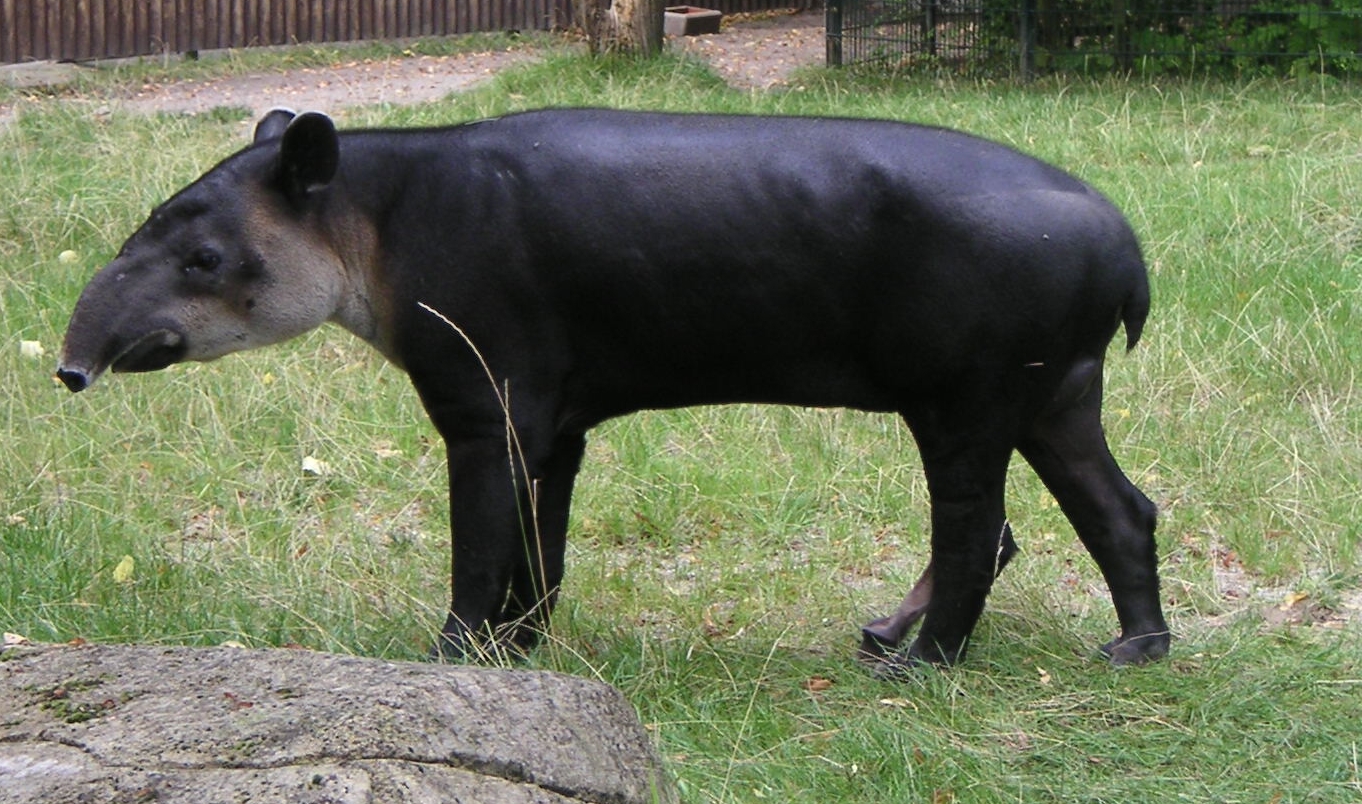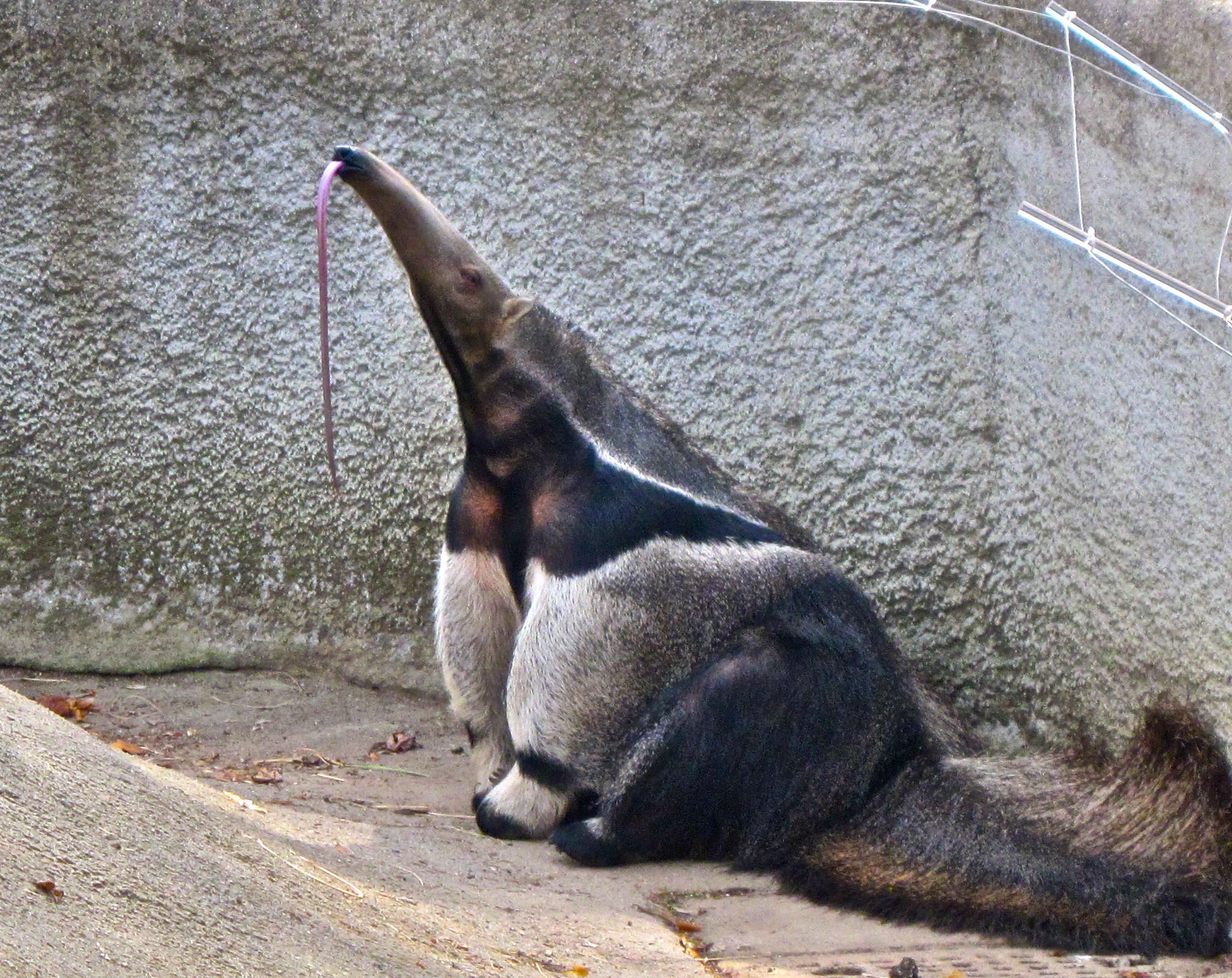|
Capelobo
The Capelobo is a mythical creature from Brazilian mythology. Its legend is very common, especially in the states of Maranhão, Amazonas, and Pará. It is believed to have arisen among the indigenous peoples of the northern region of Brazil. Etymology The name Capelobo is a fusion of an indigenous Brazilian word, ''cape'', meaning broken bone, and the Portuguese word , meaning wolf. Legends The Capelobo has two forms, an animal form and a humanoid form. In its animal form, it is like a tapir with attributes of a dog. In its humanoid form, it has the head of a giant anteater (or a tapir or dog, depending on the version of the myth), the body of a human, and rounded, bottle-shaped legs. It has lots of hair on its body, and runs through forests near human settlements in floodplain regions. It is sometimes described as having a single leg. It is known to hunt newborn puppies and kittens, but will kill humans by squeezing them and drinking their blood and eating their brains if gi ... [...More Info...] [...Related Items...] OR: [Wikipedia] [Google] [Baidu] |
Brazilian Mythology
Brazilian mythology is the subset of Brazilian folklore with cultural elements of diverse origin found in Brazil, comprising folk tales, traditions, characters and beliefs regarding places, people, and entities. The category was originally restricted to indigenous elements, but has been extended to include: * Medieval iberic traditions brought by the Portuguese settlers, some of which are forgotten or very diminished in Portugal itself; as well as other European nations folklore, such as Italy, Germany and Poland. * African traditions brought by Africans to Brazil as slaves during the colonial times—including their religious beliefs; * Elements originated in Brazil by the contact of the three different traditions; * Contemporary elements that are re-elaborations of old traditions. Because Brazil is a melting pot of cultures, many elements of Brazilian mythology are shared by the traditions of other countries, especially its South American neighbors and Portugal. Prominent ... [...More Info...] [...Related Items...] OR: [Wikipedia] [Google] [Baidu] |
List Of Vampiric Creatures In Folklore
This list covers the many types of vampires or vampire-like legendary creatures of global folklore. It does not include any vampire that originates in a work of fiction. A * Abchanchu (Bolivia) * Abere (Melanesia) * Abhartach (Ireland) * Adéla (Bohemia) * Adze (Ghana) * Alp (Germany) – Variations throughout the world. * Andreea Trifas (Romania) * Asiel Torres (Puerto Rico) * Aniukha (Mongolia, China) * Arnold Paole (Serbia) * Asanbosam (Ashanti people) * Asema (Surinam) * Asiman (Ashanti people) * Aswang (Philippines) * Aufhocker (Germany) * Azeman (Ashanti people) B * Badmaarag (Mongolia) ** also called Baadai * Baital (India) – Variations: Baitala, Baitel, Baitol, Bay Valley, Katakhanoso, Vetal, Vetala * Bajang (Malaysia) * Baka (Haitian Vodou) – Variant: Benin * Bantu (India) – There are three main kinds of this vampire including: ** Bantu Dodong ** Bantu Parl ** Bantu Saburo * Baobhan Sith (Highlands of Scotland) * Berbalang (Philippines) * The Berw ... [...More Info...] [...Related Items...] OR: [Wikipedia] [Google] [Baidu] |
Tapir
Tapirs ( ) are large, herbivorous mammals belonging to the family Tapiridae. They are similar in shape to a pig, with a short, prehensile nose trunk. Tapirs inhabit jungle and forest regions of South and Central America, with one species inhabiting Southeast Asia. They are one of three extant branches of Perissodactyla (odd-toed ungulates), alongside equines and rhinoceros. Only a single genus, ''Tapirus'' is currently extant. Tapirs migrated into South America during the Pleistocene epoch from North America after the formation of the Isthmus of Panama as part of the Great American Interchange. Tapirs were once widespread in North America until the arrival of humans at the end of the Late Pleistocene, around 12,000 years ago. Species There are four widely recognized extant species of tapir, all in the genus ''Tapirus'' of the family Tapiridae. They are the South American tapir, the Malayan tapir, Baird's tapir, and the mountain tapir. In 2013, a group of researchers said they ... [...More Info...] [...Related Items...] OR: [Wikipedia] [Google] [Baidu] |
Giant Anteater
The giant anteater (''Myrmecophaga tridactyla'') is an insectivorous mammal native to Central and South America. It is one of four living species of anteaters, of which it is the largest member. The only extant member of the genus ''Myrmecophaga'', it is classified with sloths in the order Pilosa. This species is mostly terrestrial, in contrast to other living anteaters and sloths, which are arboreal or semiarboreal. The giant anteater is in length, with weights of for males and for females. It is recognizable by its elongated snout, bushy tail, long fore claws, and distinctively colored pelage. The giant anteater is found in multiple habitats, including grassland and rainforest. It forages in open areas and rests in more forested habitats. It feeds primarily on ants and termites, using its fore claws to dig them up and its long, sticky tongue to collect them. Though giant anteaters live in overlapping home ranges, they are mostly solitary except during mother-offspring rel ... [...More Info...] [...Related Items...] OR: [Wikipedia] [Google] [Baidu] |
Brazilian Legendary Creatures
Brazilian commonly refers to: * Something of, from or relating to Brazil * Brazilian Portuguese, the dialect of the Portuguese language used mostly in Brazil * Brazilians, the people (citizens) of Brazil, or of Brazilian descent Brazilian may also refer to: Sports * Brazilian football, see football in Brazil * Brazilian jiu-jitsu, a martial art and combat sport system *''The Brazilians'', a nickname for South African football association club Mamelodi Sundowns F.C. due to their soccer kits which resembles that of the Brazilian national team Other uses * Brazilian waxing, a style of Bikini waxing * Brazilian culture, describing the Culture of Brazil * "The Brazilian", a 1986 instrumental by Genesis * Brazilian barbecue, known as churrasco * Brazilian cuisine See also * ''Brasileiro ''Brasileiro'' is a 1992 album by Sérgio Mendes and other artists including Carlinhos Brown which won the 1993 Grammy Award for Best World Music Album. Track listing # "Fanfarra" (Carlinhos Brown) ... [...More Info...] [...Related Items...] OR: [Wikipedia] [Google] [Baidu] |

